Archeology is fascinating. Imagine finding secrets of ancient civilisations while digging the Earth. It’s so powerful. Very recently, archeologists working at Espiritu Pampa archaeological site in Southern Cusco region unearthed a massive D-shaped temple surrounded by large stone walls and containing an ancient and central astronomical observatory for magical-religious rituals, as well as ceramics showing the presence of pre-Hispanic Wari and Inca cultures in the region.
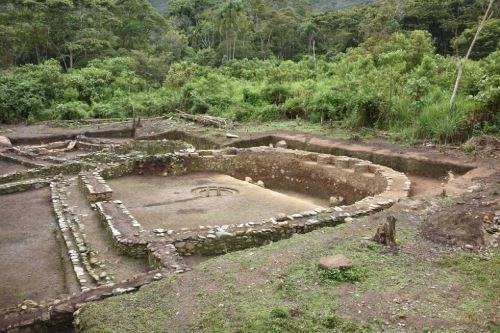
The stone walls seems to be part of a massive D-shaped temple. This architecture belongs to Wari culture, a society that flourished in South-Andean Ayacucho region and stretched over Cusco’s rainforest.
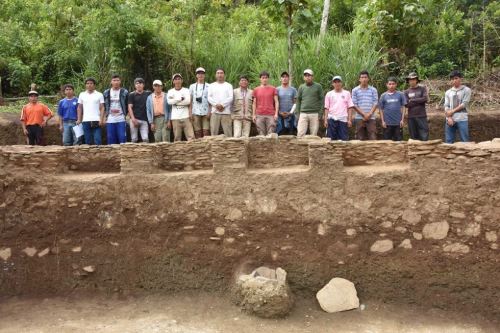
Another D-shaped structure was found in the middle of the temple. Given its symbolic location, it is believed to have served as an astronomical observatory for Wari’s magical-religious rituals.
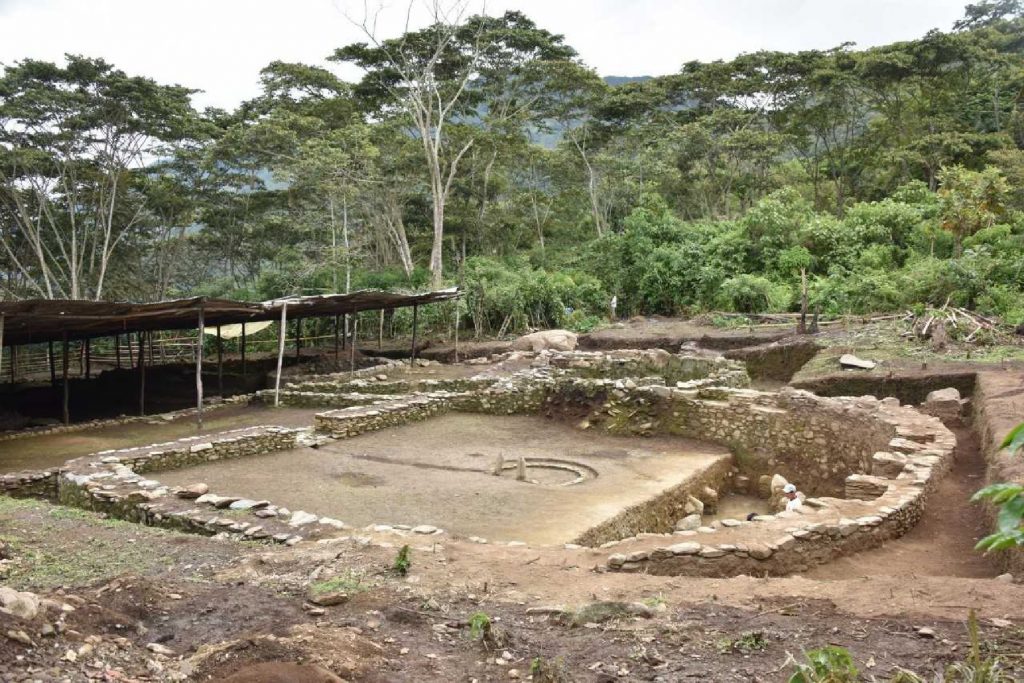
The team of archeologists also discovered two spaces built with small stones within the temple. Tooth fragments of some sort of local animal were found in the first one; as well as two Wari style ceramic bottles, a silver chest plate, and a silver crown or headdress in the second.
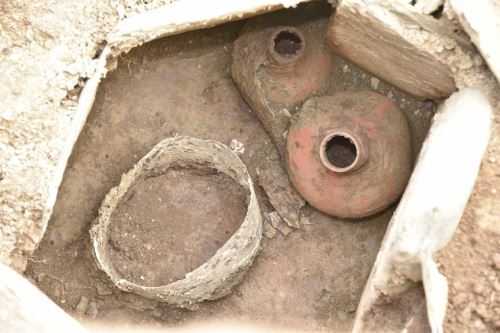
One of the bottles features a human face with big eyes, a nose, and a mouth. But the most remarkable feature is the crown painted over its head: a sign that the area housed elite government figures during Wari’s zenith.
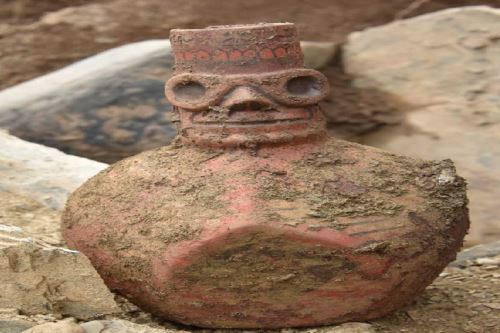
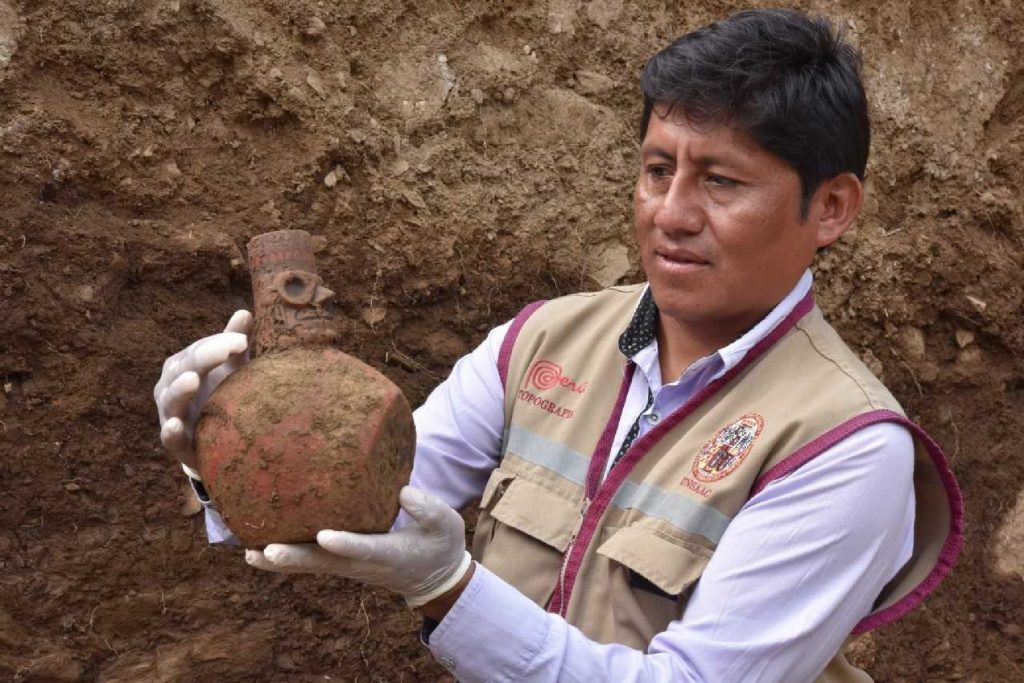
In addition, the research team found evidence of Inca architecture with square and rectangular shapes beside the temple. One of the structures housed Inca tupus (pins), silver needles, and ceremonial pottery.













These tribes knew and did many things ahead of their time.